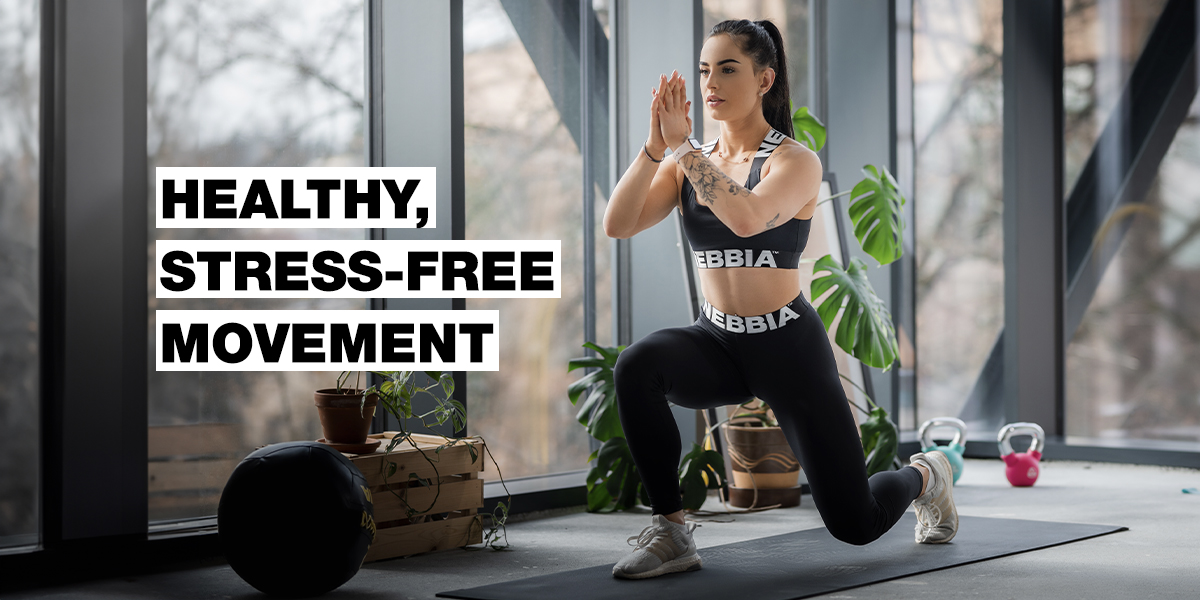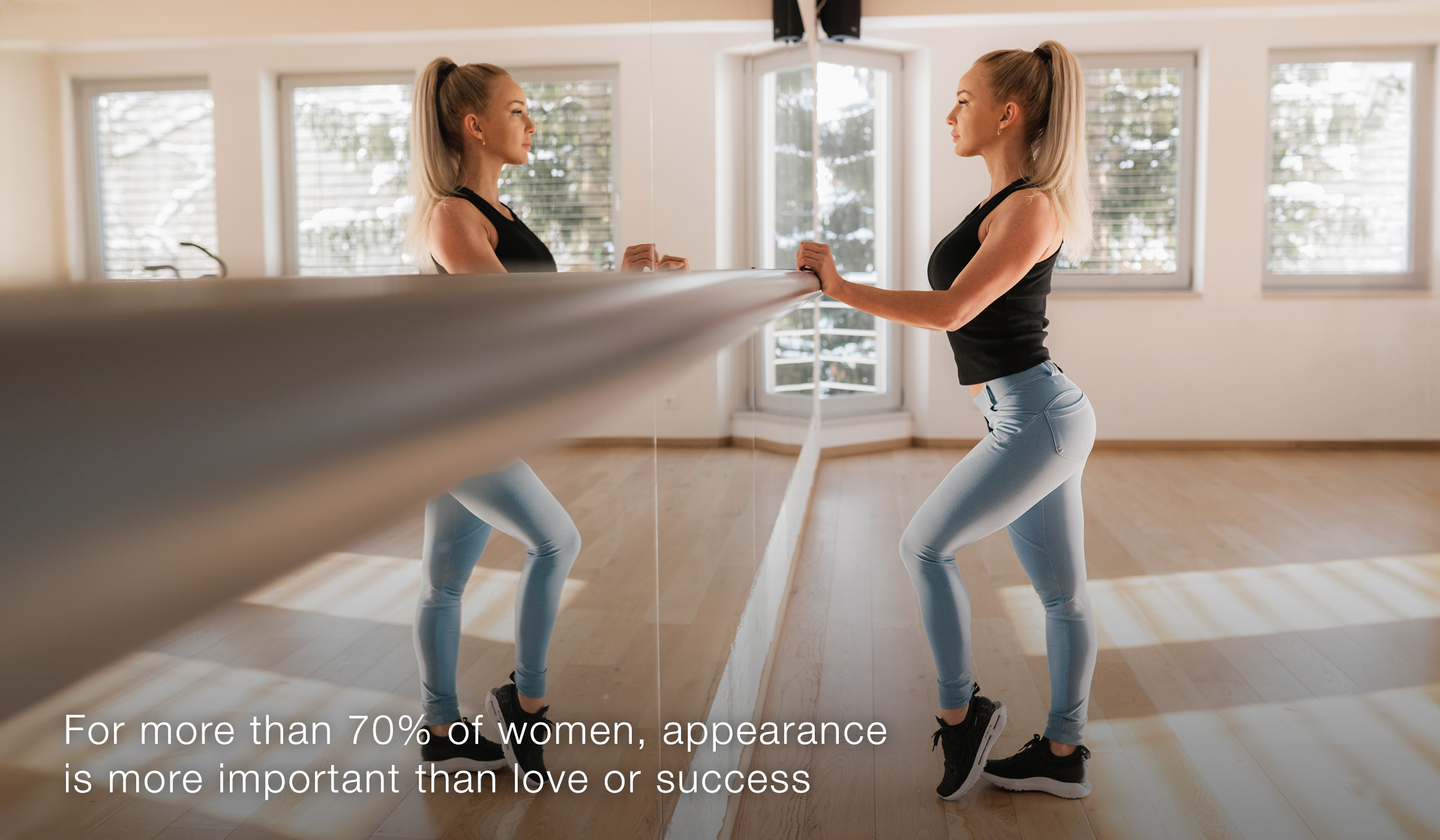
Healthy, Stress-Free Movement: Listen to Your Body During Training
As part of our NEBBIA ACADEMY Talks – Women to Women, we held another lecture, this time on the topic of Movement and Psyche. Barbora Dávidová, a mentor of women, introduced us to this topic.
Barborahas been running a small family gym for ten years. Thanks to this journey, she has become a trainer who trains both groups and individuals. However, she has discovered that it’s no longer just about training and diet, but mainly about the holistic approach. With this knowledge, she takes into account not only the holistic approach, but also the menstrual cycle and the well-being of each woman.
To feel healthy and fit, regular training is simply not enough. Even very important good eating habits cannot guarantee certainty. Listening to your body, taking into account the phases of the menstrual cycle, moods, emotions and different life situations is more important.
Setting up a training plan according to the menstrual cycle is quite simple. That means creating a plan in which the weights, the dynamics, the amount of exercises, but also the active recovery are varied during the training. But all this is just theory on paper, not practice in real life. It is important that you learn to feel your cycle. Ideally, it takes 28 days and anything outside of that time is supposedly incorrect. However, this is not entirely true. A healthy menstrual cycle lasts 21–35 days and is divided into four phases. During these phases, not only the body changes, but also the way we think and the emotions we feel.

In each phase, hormones, insulin, thyroid and the mole centre work in a different way. Once women learn to perceive these phases and their own body, life itself throws a pitchfork into the lunar cycle.
Nowadays people are always talking about stress and lack of time is mentioned more often than money. Stress can be both negative and positive. In general, movement and training represent a positive stress on the body. But the line of how long it is still a positive stress for a woman is very thin.
Unfortunately, American studies report that for more than 70% of women, their appearance is more important than, for example, love or success. This is true everywhere. For exactly these reasons, training may no longer be a positive stress for her and may rather harm her. So I recommend – simplicity is definitely better. The rule that less is more applies here as well.
If you are under stress for a long time, your thoughts are focused only on your appearance and you do not receive your body’s signals, but punish and hurt it – you will not achieve effective results on your body. This will affect the hormones and functioning of the body. You will not build quality muscle mass. This can lead to thyroid function disorders and other more serious health problems. Stop for a moment, calm your body, mind and breath and reflect on the question, why do you exercise?
Tips on techniques
Finally, I’ll give you three tips on how to know the line between whether training is bad for you or not.
- Answer the question: Why do I have to? This technique focuses on self-reflection and awareness of why you are training. It is important to have clear goals and motivation. If you find yourself training just because of the pressure from others or negative feelings towards your body, it can lead to unnecessary overtraining and injury.
- Observe your body and stop. If you start to feel pain, uncomfortable tension or fatigue during the training, you should stop and see what’s going on. It is important to learn to recognise the difference between healthy performance and overtraining.
- Be present at the training. This means you have to be mentally present and focused during the training. When you are fully aware of your body and movement, you can spot any problems or potential risks more quickly. Thus you can adapt your training to your current abilities and needs.


